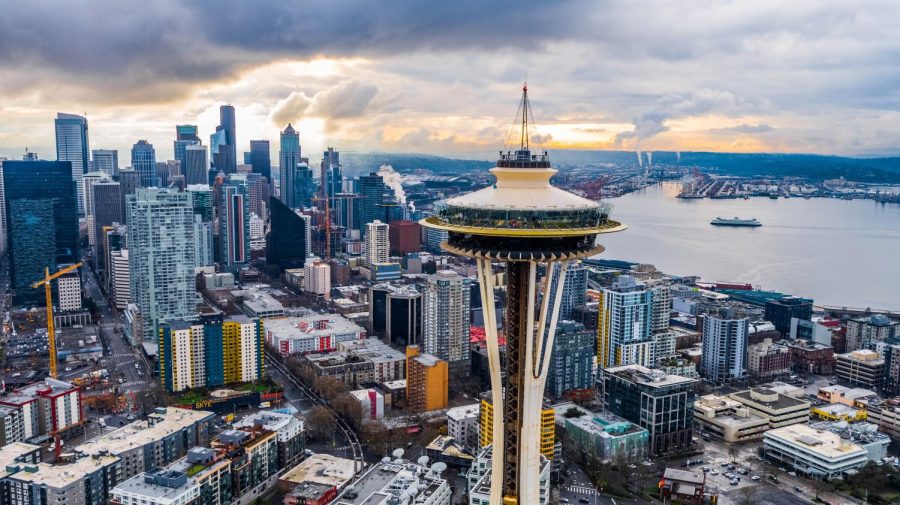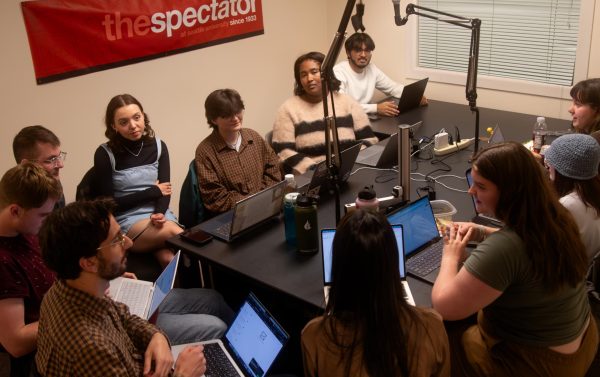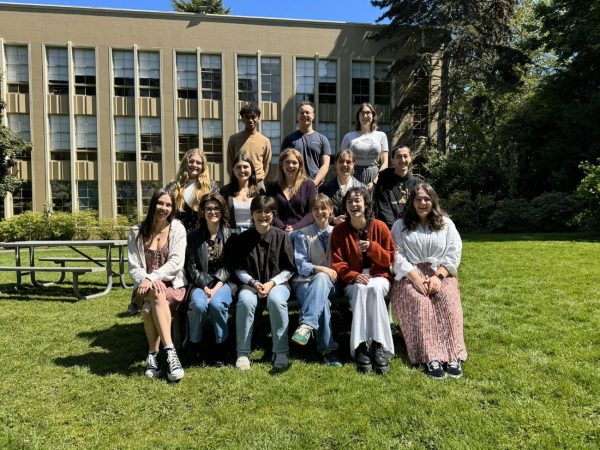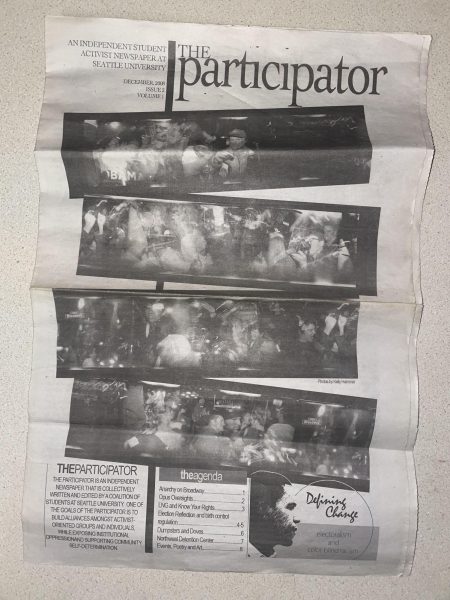Redhawks Relieved by Reopening of West Seattle Bridge
The West Seattle Bridge reopened Sept. 18 after two and a half years of repair-related closures, reconnecting those across the Duwamish River with Downtown Seattle.
“I am relieved that the bridge is repaired and reopened,” Maureen Feit, a professor of cultural anthropology at Seattle U and a resident of West Seattle, wrote to the Spectator. “The only upside to the closure was learning how many Seattle U faculty and staff are neighbors. We have commiserated a lot over the past two and a half years.”
The Seattle Department of Transportation (SDOT) noticed a series of concerning cracks in the concrete March 2020, prompting a quick close of the high bridge.
“When anything concrete cracks, it’s actually by design. Small cracks can be a form of stress relief for concrete, that’s to be expected,” said Ethan Bergeston, the press secretary for the SDOT. “But what we saw on this bridge was a very sudden, very rapid increase in the size of cracks. And their orientation and their location gave indication that this was a very serious problem.”
Immediately after the close, the SDOT released alternate routes for commuters to take and started a cost-benefit analysis to look into the possible solutions, including a possible bridge replacement. By April 2020, the Technical Advisory Panel (TAP) that was created by then–Mayor Jenny Durkan and SDOT settled on the plan to hire contractors and repair the original West Seattle Bridge structure.
Originally meant to last upwards of 70 years, the West Seattle Bridge repairs include replacing the lateral bearings on Pier 18 after only 35 years of the structure serving King County.
“We feel confident that what we’ve done is going to regain the original lifespan of the bridge,” Bergeston said.
Several compounding reasons from both a design and weight standpoint were identified as having caused issues with the bridge. Jhon Smith, the director of the Structural Engineering Graduate Program at Seattle U, said that the increase in traffic, how heavy modern vehicles are and the innovative design of the bridge all contributed to the need for early repairs.
The West Seattle Bridge, which originally opened July 1984, was meant as a replacement when the previous structure was permanently damaged by a freighter. Standing at 150 feet high, the $150 million project was an engineering marvel for its time.
“It was considered the first of its kind,” Smith said. “I think the engineers who did that bridge were really courageous and brilliant.”
Despite the daring nature of the original design of the bridge, the need for repairs put pressure on Seattle’s local economy and infrastructure by turning West Seattle into an island in terms of navigation options.
“The volume of cars being rerouted caused all kinds of havoc on small towns and communities that were on the alternative routes along the way,” Zachary Wood, a professor at Seattle U who specializes in urban planning, said.
Wood noted that the impact on those communities was two-fold. On one hand, they had to deal with a longer commute which resulted in both more gas expenses and more time being taken up by travel.
“To some extent, that direct impact was mitigated by allowing buses and mass transit to use the lower bridge without the absurd additional commute,” Wood said. “The ability to use the lower bridge was a huge help.”
Moreover, West Seattle saw more wear and tear on their roads and more pollution in the air due to the rerouted traffic from the bridge.
While the bridge was closed and repairs were underway, much of the traffic was rerouted through communities surrounding West Seattle, including South Park, Georgetown and Highland Park. The Reconnect West Seattle Project, which runs in conjunction with the Home Zone Project to help support neighborhoods impacted by the bridge closure, was created to address the upkeep of roads impacted by the rerouting of traffic. However, West Seattle locals still noted feeling the impact of the influx of drivers.
The reopening of the West Seattle Bridge created relief for the faculty and staff at Seattle U who live across the Duwamish River and commute to campus, and ended a major disruption in the infrastructural and economic life of the city. What was just months ago an inconvenience for Seattle residents will become an interesting footnote in the Emerald City’s history.











